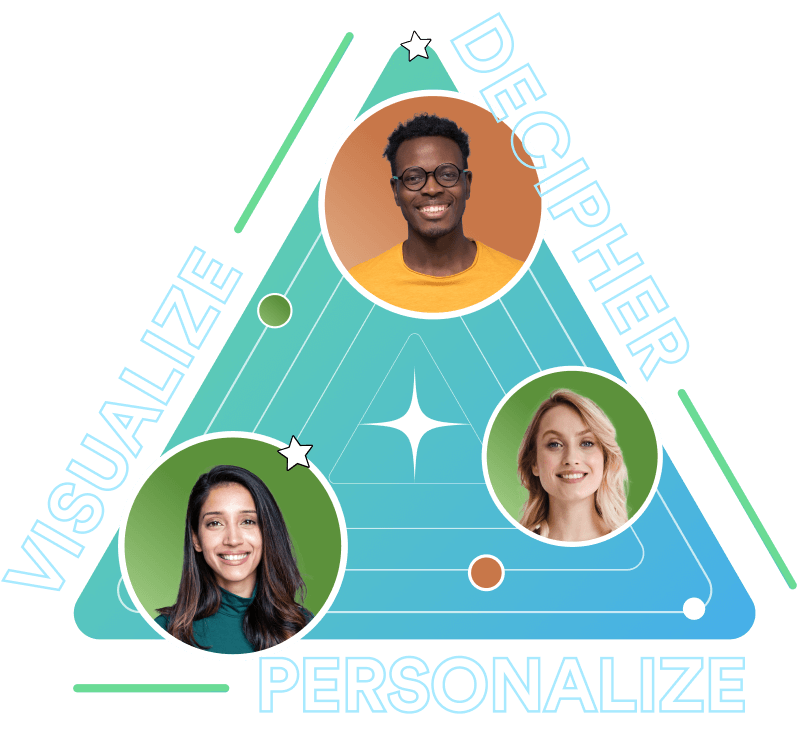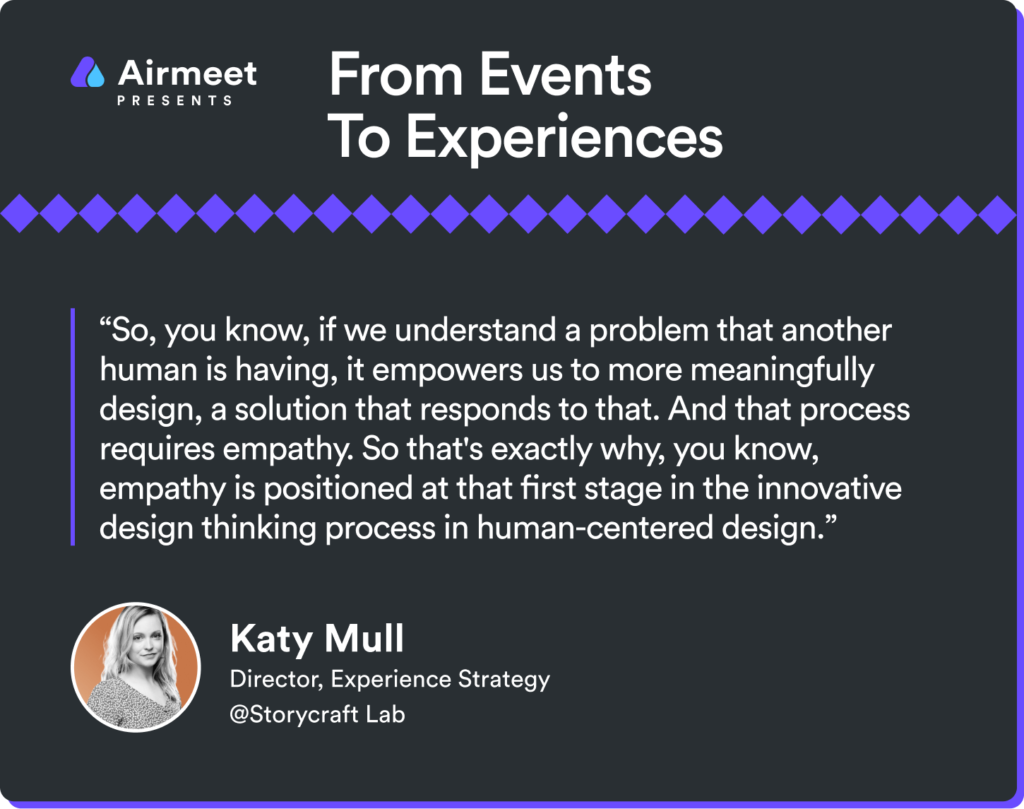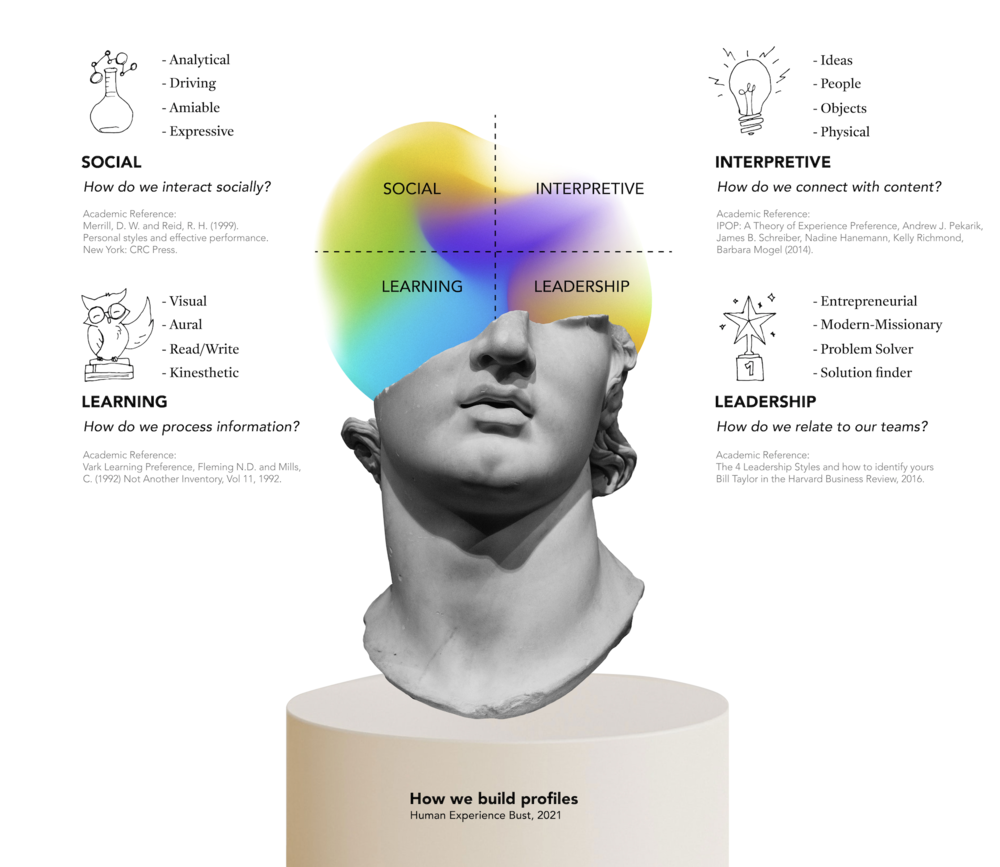With the audience’s ever-evolving needs, you must step up your event strategy constantly. Creating events with empathy–an essential human value—could be an answer to hosting successful events.
Events that talk to people, events that connect people and address their pain points while the audience is immersed in the experience define the true success of your events.
Let’s jump right into it.
Don’t assume audience response, decipher it
Create personalized experiences for audience
Based on an array of preferences of your audience, you can create experience profiles, which are a mix of audience preferences of what they do, what are their pain points, and what they expect from your event.
Build archetypes and experience profiles
Utilize the power of a quiz at the registrations or put across a CTA to know your audience better. The data points from such research can give you gold insights into the diverse audience preferences on which you can build your event design. These preferences are your archetypes that feed into your experience profile. But wait. Is that enough?
Using these archetypes and experience profiles, you bring your stakeholders and long-term attendees together to gather raw, authentic insights by asking questions based on your research data. For example, you may talk about their social, learning, leadership, and interpretive preferences, what takeaways they should take home on the event day, etc.
Build your content around this first-hand data—your attendee goals—for the event day and beyond. This whole exercise ensures better content strategy planning and improved brand advocacy.
Create content using empathy
Understand the entire event journey by forming focus groups of your attendees. Build questionnaires, run surveys, and open the floor for your audience to ask more questions and share their expectations from the event.
Visualize the event journey with your audience
Within your focus group, you can visualize and share the pre-event to post-event journey in your workshops. Dig down at each touchpoint and ask your audience their expectation at every step.
You may also want to create breakout rooms for people with more than one preference. Do whatever you can to think and understand what your audience wants from your event.
Being agile amidst the fixed protocols and event programming is the way to create empathetic event design.
Co-create events with your audience
It’s exciting to co-create your event agenda and content with your audience and other stakeholders. The energy is unbeatable. However, the co-creation scenario demands patience. Therefore, you will have to be willing to let go some of the control and see how that unfolds in your event.
Let your audience decide what they want and how they want it during the content planning stage. Offer personalized content journeys to them wherein they can choose a content track to follow, do a quiz, or dig deep into the methodology by themselves to understand the topic of discussion.
Involve them and immerse them to give them a sense of belonging. This exercise can do wonders to your event design as the sense of choice is a powerful way to co-create at different points in the event creation.
It is time to execute your empathetic event design!
You pick your profile, you pick the scenario of the event, and you’re picking a particular moment, a touchpoint in the event to actually design for. It’s a great exercise to practice, stretching the brain as a team with these three cards that set the tone.
Events that are designed with empathy add enormous value to the attendees and keep them highly engaged. The first step in that journey is to be willing to let go of what you think and stay agile until you accomplish what you intend with your events.
Missed the From Events to Experience Summit?
Watch the replay.































